Northeasterner's woes – Booklet for students in Delhi
India’s Northeast is a rainbow land blessed by nature’s bounty. Its colourful, it’s mysterious and it boasts of a medley of diverse people. The northeast is an ethno cultural frontier, encompassing much of India’s rich but lesser known mongoloid heritage; a transition zone of linguistic, racial and religious strains. The states of Assam, Nagaland, Meghalaya, Manipur, Mizoram, Tripura and Arunachal Pradesh are the seven states that constitute the northeast. They are also known as the seven sisters. All these states were parts of a single mother state—Assam. The hill tribes of the northeast are different from their counterparts in other states. They form majorities within recognized territories, where their distinctive cultures have flourished in relative isolation. This has enabled them to claim statehood or local autonomy and hence the repeated division of Assam. Sadly however, for those living in the heartland of India, the northeast is a forbidden land, perhaps even a fearful land. Outsiders conceive of the northeast as a cauldron of violence with extremists groups like ULFA, BLT, NDFB, NLFT, NSCN etc. The true identity of the northeast seems to have got muffled under a cloak of terror and violence. As a result, northeasters all over the country are looked upon with doubt and suspicion and treated differently. The recent advisory by the Delhi police to youths from the northeast who are studying in the capital is a further proof of this prevalent sense of alienation of the NE. The advisory booklet has been seen by many as a ploy of segregating the region from the heartland. The comment on food habits and clothing in the booklet has not gone down well with the northeasterners. AGP MP, Arun Kumar Sarma and congress man Kirip Chaliha asserted the need for caution and security measures but at the same time they pointed out that comments on food habits and clothing were indeed unfair. . Maintaining decency in dress sense and behaviour are definitely mandatory and expected of every Indian and the northeasterners are no exception. For fashion is a universal phenomena and young people whether from Northeast, North, South or West cannot be divided or compartmentalized on regional basis. With the spurt in violence and crime against women in Delhi every student needs to be cautious, therefore the advisory booklet especially for the northeastern students is bound to encourage feelings of discrimination. At this juncture it becomes the duty of all northeasters living in the northeast to set examples and try to remove the misconceptions about the NE and present a true picture of the NE culture and hospitality.
Other Contents by Author
Assam is one of the major producers of tea in India. Since its dicovery in the year 1823 Assam tea has traversed a long distance. Before the commercialization of tea began in Assam, the leaves of the tea plant were chewed by the local villagers with little or no processing. This still continues in certain inaccessible regions of southeastern Assam, as well as in neighboring regions of Myanmar. Robert Bruce is said to be the person who re-discovered the tea plant growing wild in the region at the behest of nobleman, Maniram Dewan and before his death in 1825, Robert passed on his knowledge to his brother Charles, who sent seeds of the plant to Calcutta in 1831.In 1833 the British lost...
Dr Tapan Barthakur was recently conferred with the prestigious Indian Association for the Advancement of Veterinary Research (IAAVR) Field Veterinarian award 2007, by IAAVR and the Indian Veterinary Congress of Bareilley held in Madhya Pradesh for outstanding contribution to the cause of veterinary field services. His Excellency Ramakant Tiwary, Honorable Minister of veterinary of Madhya Pradesh gave away the prestigious award to this dedicated veterinarian, at the Institute of Animal Health and Veterinary Biologicals, Mhow (MP). Dr Barthakur is the first field veterinarian from the region selected for this distinguished award...
Twelve year old Jayanta cleans, cooks, washes, grocery shops for the Sharma family for a paltry sum of rupees four hundred a month which in turn he sends to his family of five who live in the nearby village. Sharma’s son gets a sum of Rupees one thousand of which he spends rupees four hundred gorging on pizzas with his friends every month in the swanky Pizza Hut in town. On the contrary, Jonali, Fourteen, who is the full time maid of a family where apart from the daily chores she also has to look after the family’s toddler in return for a kitchen corner to sleep in and three meals a day.Child labour is an epidemic in Indian society and the world at large, a sore wound that is spreading its...
The arctic ices are melting and so are the glaciers, the result global warming. Global warming is the increase in the average temperatures of the Earth's near-surface air and oceans in recent decades and its projected continuation. Global average air temperature near the Earth's surface rose alarmingly during the past century. The Intergovernmental Panel on Climate Change (IPCC) concludes, "most of the observed increase in globally averaged temperatures since the mid-20th century is very likely due to the observed increase in anthropogenic greenhouse gas concentrations," which leads to warming of the surface and lower atmosphere by increasing the greenhouse effect. Natural phenomena...

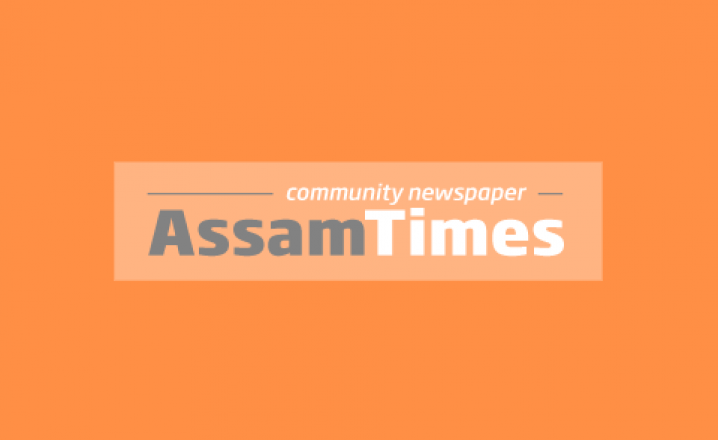
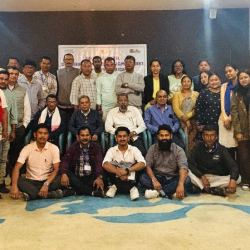
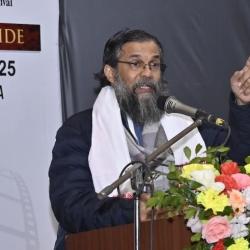
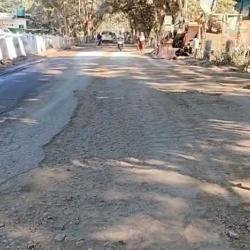
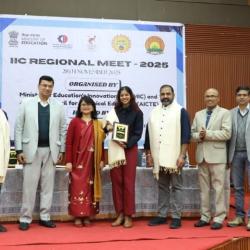
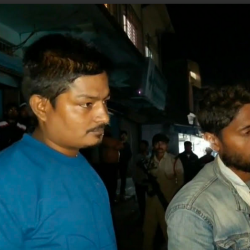


Comments
Pages
Add new comment